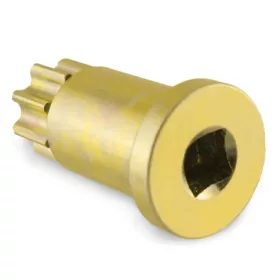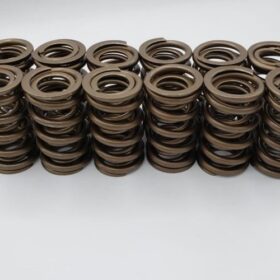Information:
- RPM Range: Idle-4,000
- Drops EGT 200-300
- Duration at .050″ of lift 178 Intake, 208 Exhaust .290 intake lift .310 exhaust lift
- Warranties will not be considered unless you use Hamilton cams Tappets and springs
Addition Information:
Modification Required:
-
-
- For it to be “drop in” on a 12v you will need no more than .020″ piston protrusion and at least .055″ valve face depth with a standard head gasket and a 99 intake centerline. On a 24v you will need no more than .020″ piston protrusion and at least .038″ valve face depth with a standard gasket. If you do not meet the minimum requirements for piston to valve clearance, don’t worry, you can still run an oversize head gasket or cut valve reliefs.
- Although this is considered a drop in cam it is important to check clearances
- We always recommend new lifters when changing a cam.
-
Applications:
-
-
- Pulling applications
- low rpm performance
- Large or small singles or twins
- Meant for increased all around efficiency
-
Break in:
To make sure that you have no issues during break-in, follow these few suggestions.
-
-
- Make sure that the cam has a Liberal amount of quality assembly lube applied
- DO NOT let the engine start without oil pressure
- When this is a new engine, be sure to put a liberal amount of assembly lube in the oil pump and prime the oil filter
- Be sure to change the oil after you have done your break-in procedure. When the filter and oil system are already primed, engine will get oil pressure much faster than if the oil is changed at the same time.
- Disconnect the fuel system and spin the engine with the starter until oil pressure can be read or until oil is coming out of the rocker arms.
- Do not let the starter run for more than 10 seconds at a time
- Once oil pressure has been verified, let the engine start and run for five minutes at 1200-1500rpm then shut engine down
- Adjust valves then you are cleared to abuse your engine. Enjoy the added airflow
- if you need to re-torque or “hot-torque “the head, do so before adjusting valves. Re-torqueing the head changes the valve lash setting, so it is important to set lash last
-










